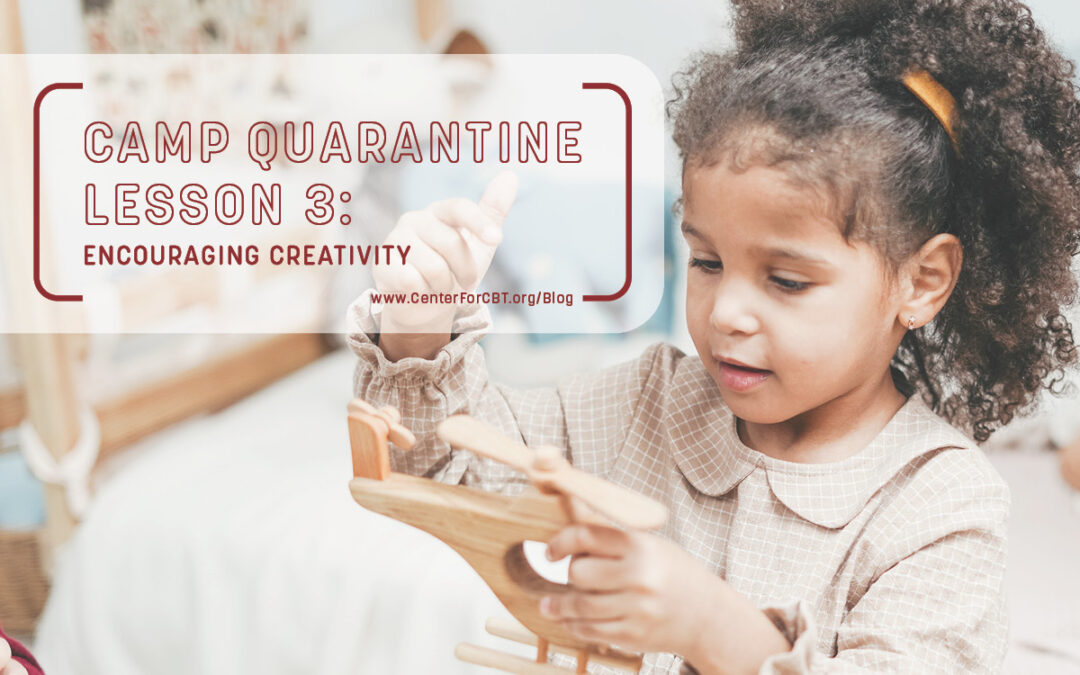The arts & crafts of youth are central to the core of our being. They are the keystones of creativity and self-expression, shaping our view of ourselves and of our world. These creative experiences are carried in the memory for years after, connecting us with our inner child. That creative feeling takes on many forms. It’s the tingle of paint between the fingertips, smearing it across the canvas to blend a haphazard spectrum of color. It’s the pride you feel after unfurling your first tie-dye shirt, and proudly sporting it out on even the most average of occasions. It’s the astonishment that you somehow managed to make a clock from a potato, even though you didn’t believe it could be done until you saw the minutes start to tick past.
These experiences are so critical in the age of childhood, which is why they are an essential component of the at-home summer camp experience. The structure of a daily arts & crafts activity offers creative enrichment for your children, and gives you the chance to reconnect with your own inner child as well. There is a vast amount of possibility when it comes to these activities, but as thrilling as the prospect of crafting may be, we know first-hand just how much planning a craft session can require. Hours can be lost perusing Pinterest boards and how-to guides, and gathering the materials is a whole other headache. But when you incorporate crafting blocks into an already existing schedule, it can make the task feel a little more manageable.
If you’re starting with the basics of planning out a schedule, you may want to take a look at our first Camp Quarantine article, which offers guidance on how to structure your at-home summer camp. And in conjunction with the arts & crafts ideas discussed here, a healthy dose of sunshine is also important, so be sure to take a look at our previous article on outdoor adventures for more fun activities to try this summer!
Get Crafty
Striking a balance between guided and independent crafts for your kids is a great way to help them exercise their creative problem solving. It also has the added benefit of allowing you to plan around your own work schedule. That way, you can sneak away to work once you’ve set them up with a craft they won’t need much guidance to complete.
To give your craft schedule some structure of its own, it’s wise to set up your schedule so that the activities are grouped weekly by theme. This makes it easier to determine what types of projects you’d like to do when, without being overwhelmed by the sheer possibility of it all. And by setting a schedule a few weeks in advance, you can also condense your online orders and reduce trips to the store, saving you time in the long run. We recommend selecting a handful of themes that you can rotate between over the course of the summer, and revisiting some themes but supplementing them with new project ideas.
Some themes that are suitable for any week of the summer may revolve around material type, or method of exploration. We’ve listed a few here to get you started, but be sure to view our craft catalog to see the full list of crafts that we’ve collected:
- Paper- origami, paper quilling, collage
- Fabric- sock puppets, friendship bracelets, potholders
- Sensory- foam dough, kinetic sand, glitter jar
- Science- rock candy, lava lamp, crystal garden
- Paint- painted rocks, suminagashi, salt painting
These themes can be intermixed with more open-ended concepts that your kids will look forward to when they see it on the calendar. And what’s great about the themes below is that they don’t have to be strictly craft oriented. These themes can host activities for education, outdoor fun, cooking, and more. It’s up to you how far you’d like to take them!
- 4th of July– as the next upcoming holiday, this theme makes the top of this list. You can celebrate with a number of red-white-and-blue crafts, like firework painting, patriotic paper lanterns, and bubble wands. For more great ideas to keep the fun going, check out this patriotic craft collection.
- Artist Appreciation Week– this theme is a great opportunity to introduce your kids to different artists. Each craft can explore the different mediums or subjects characteristic of a given artist. The art projects listed on this site are a great way to learn about some notable creators.
- Around the World– to foster a more worldly view of the arts, teach your children about different cultures through crafts that address a variety of items and methods of making, like dream catchers or japanese hand fans. Be sure to address the history of these crafts and their cultural significance, as the deeper meaning behind them is important to emphasize when fostering an appreciation for other cultures. The craft collections from Kinder Art and DLTK also host a number of interesting ideas to share with your children.
- Pajama Day– this might be better done in a day, but if the kids are enjoying it, why not let the relaxing fun continue all week long? These crafts can be focused on pillows and plushies, with activities like no-sew pillows or a DIY night light. Complete the experience with other activities, like breakfast for lunch and dinner, storytime, sleep music, and naptime (if you can even dream of being so lucky!)
- Wacky Week– this is just an excuse to be silly! Let your children express their humor with crafts like silly self portraits, a funny faces flipbook, or pipe cleaner glasses.
- Winter in July– with the strength of the summer heat, your children may already be wishing for cooler weather. Get into a cooler mindset with winter themed crafts, like fake snow, paper snowflakes, or paper plate penguins.
In addition to these pre-planned crafts, it’s a good idea to have some more open-ended activities as well so that your kids can entertain themselves on days when work really keeps you busy. Creating a “junk box” is an effective way to give your kids the tools to craft, but more importantly, the freedom to create something that is entirely their own. Fill a box with everyday items and office supplies that your kids can transform into their own creative projects, but maybe skip the glitter, unless you’re feeling brave!
And for the times when you want to give your kids a guided craft, but can’t necessarily be there to guide them yourself, options like Kiwi Boxes and activity books can give your children instructions and prompts that they can manage on their own. Other craft books, like the Klutz books from the 90s, are a great way to let your kids explore a variety of projects. These classics cover topics like shrinky dink, jewelry making, sculpey clay, and more. But if you’re looking for activities with less supervision, then be sure to stock up on coloring books and step-by-step drawing guides.
Plan for Downtime
Structure is a big help in getting through the day, but your kids will need some downtime from all the Camp Quarantine fun, and chances are you might need a break from the craft planning. Try to schedule multiple periods of free time in between activities for your kids to use as they please, which will also afford you some much needed free time. Letting your children decide how to use their time encourages independence and allows them to explore their own interests:
-
- Play pretend with dress up, puppet shows, and plays. Give your children space to rehearse and choreograph a performance from their imagination, but be sure to make an appearance for the matinee!
-
- Allow for screen time in moderation. Kids will enjoy the freedom to watch their favorite shows or play a few video games, and it’s a surefire way to keep them entertained for the times you really need to focus.
-
- Fill the toy box with tried and true favorites, like dolls, cars, and puzzles. Hours of entertainment in my own childhood were found through simple activities, like string games, tessellation blocks, and variations of solitaire.
When it comes to creativity, there are enough possibilities to last you for this summer and every one after. And while crafting is a major category in the Camp Quarantine schedule, there’s still more to be explored. Summer is a much needed break from the school routine, but the time off can’t be all play and no work. Join us again next week for tips on how to help keep your children’s minds sharp this summer, but until then, happy crafting!



